Are you a fan of radish but looking for a substitute for radish?
With their pungent, distinct taste, radishes can be quite polarizing; some people love them, while others cannot stand them.
In this blog post, we’ll discuss several options and explore why they may work as suitable replacements for radish when needed.
Read on and discover new cooking inspirations that incorporate various flavors and ingredients!
What Is Radish?
Radish is a root vegetable that belongs to the cruciferous family of vegetables, along with cabbage, kale, broccoli and cauliflower.
Radishes are usually eaten raw or cooked, depending on personal preference.
When eaten raw, radishes can be added to salads for a crisp, crunchy texture and a mild peppery flavor.
They can also be cooked in stir-fries, soups and stews for a delicious flavor.
Radishes are high in vitamins A, C, K, calcium, and minerals such as magnesium and potassium.
They are also very low in calories, making them a great food choice for those trying to lose weight or maintain a healthy diet.
Radishes are also a great source of dietary fiber, which can help keep you full for longer and help with digestion.

Substitutes For Radish
Since radishes are crunchy and slightly spicy, look for substitutes with similar texture and flavor profiles. Here are some options for you:
Turnip
Turnip is a root vegetable that belongs to the Brassica genus, along with other vegetables such as cabbage, broccoli, and radish.
It has a white-flesh bulb with purple or green tops above ground.
Turnips have a mild but slightly sweet flavor and can be eaten raw or cooked.
They are high in fiber and contain vitamins and minerals such as calcium, potassium, magnesium, and iron.
It is a great addition to salads, stews, soups, roasts, mashed potatoes, and other dishes that require root vegetables.
Because turnips are mild in flavor, they can be seasoned to suit many different tastes.
Additionally, turnips are easy to prepare and can be boiled, steamed, roasted, or sautéed.
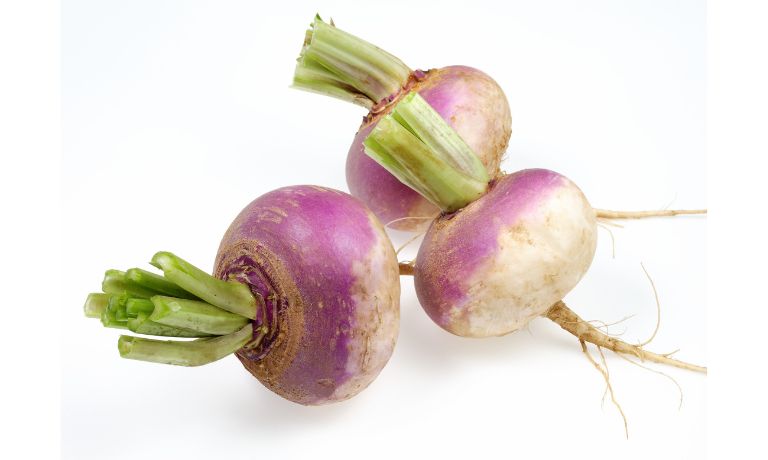
Daikon Radish
Daikon radish, or Japanese radish, is a white, mild-flavored root vegetable that resembles a large white carrot.
It is popular in Asian cooking and has many culinary uses.
Daikon radish can be eaten raw or cooked and used as an ingredient in salads, soups, stews, stir-fry dishes, pickles and more.
Daikon radish has a milder flavor and is less pungent than regular radishes.
It also has higher water content, so it will not dry out during cooking like regular radishes.
Additionally, daikon radish takes longer to cook than regular radishes and has a crunchier texture when eaten raw.
It is also more nutritious than regular radishes, as it contains higher levels of Vitamin C and fiber.
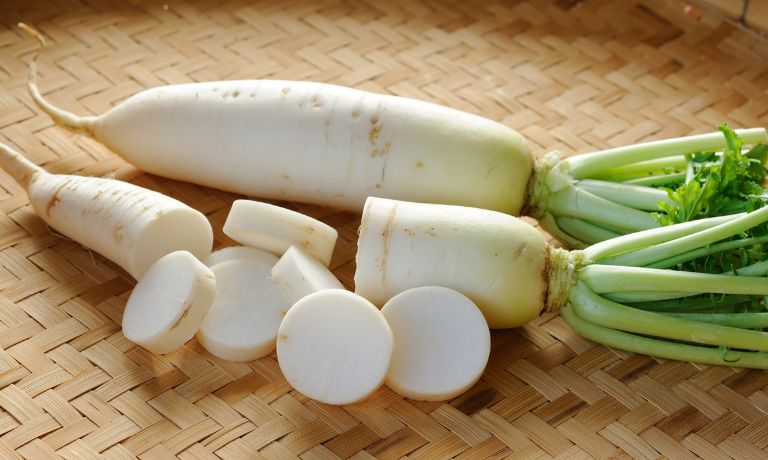
Beetroot
Beetroot, also known as garden beet, table beet, or red beet, is a root vegetable belonging to the Chenopodiaceae family.
It has an earthy flavor and is often used in salads, soups and stews.
Beetroot can be eaten both cooked and raw. Its high nutrient content makes it a nutritious addition to any diet.
Its sweet flavor adds a layer of depth and interest to recipes while still providing the crunchiness you’d expect from radish.
Additionally, beetroot provides more vitamins and minerals than radish – including iron, vitamin A, and folic acid.
It is also an excellent source of fiber, which helps to promote healthy digestion.
When substituting beetroot for radish in recipes, remember the texture – as cooked beetroot takes longer than raw radish.
Additionally, beets can stain clothes or countertops if not handled properly, so be cautious when preparing them.
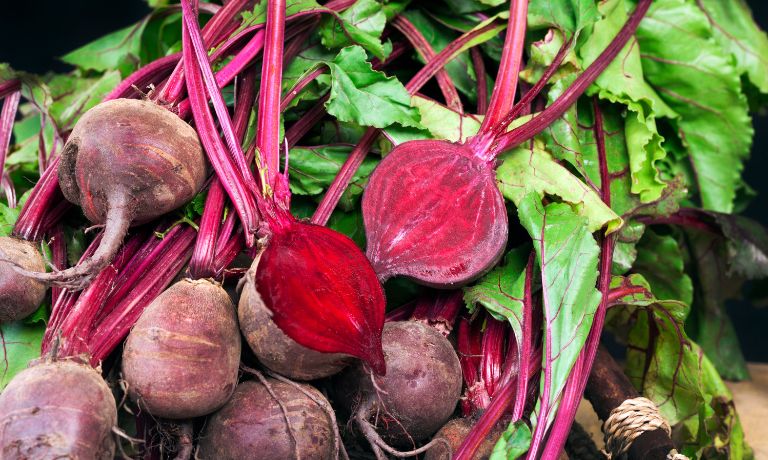
Carrot
Carrot is a root vegetable widely used in cooking worldwide.
Carrots are a great source of beta-carotene, vitamins A, B6, C and K, fiber, potassium and magnesium.
They are sweet yet still have a crunchy texture when cooked, making them a great option for adding flavor and texture to salads, soups, and other dishes.
When used in place of radish, carrots can add sweetness not present in the more pungent radish.
Carrot also pairs well with spices like cumin and coriander and herbs such as dill or parsley.
Carrots can also be roasted, baked or boiled to create a variety of side dishes and even desserts if desired.
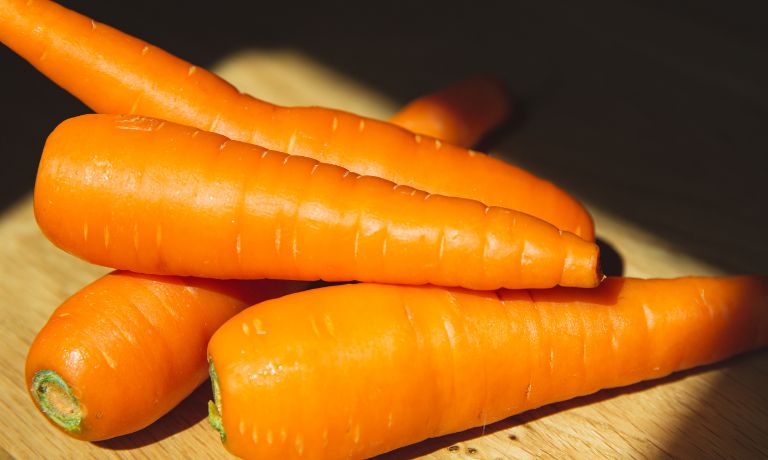
Parsnip
Parsnip is a root vegetable from the same family as carrots and parsley.
It has a sweet, nutty flavor that can be used as an alternative to radish in many dishes.
Parsnip can be roasted, boiled, sautéed or mashed like potatoes. It is often added to soups and stews, and is a great addition to salads.
Parsnip can be used as an alternative to radish in recipes like coleslaw, potato salad, pickles, relishes and more.
The mild flavor it adds can give dishes a unique twist with its subtle sweetness.
Additionally, parsnip is high in fiber and contains vitamins C, E and K and minerals like calcium.
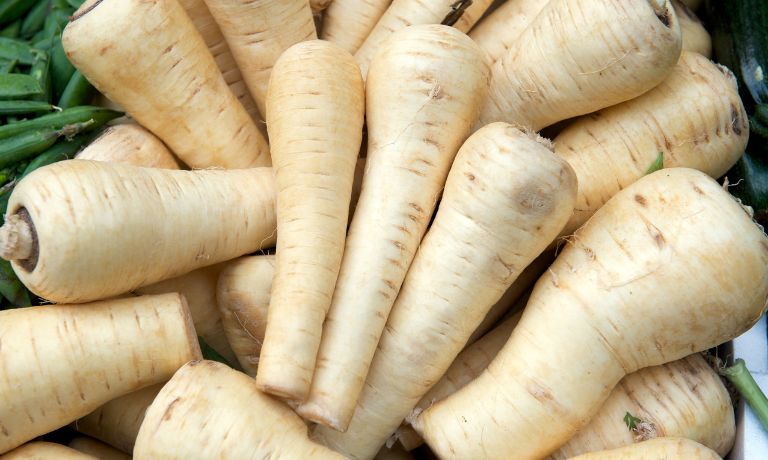
Jicama
Jicama is a root vegetable native to Mexico. It has a crunchy texture and sweet taste.
Jicama can be eaten raw as a snack, or cooked in salads, stir-fries, and other dishes.
Its mild flavor pairs well with other strong flavors, such as garlic and cilantro.
When cooked, jicama has a slightly crisp texture that can mimic the crunch of radish.
Jicama also contains vitamins and minerals like Vitamins C, B-6, and potassium.

Cabbage
Cabbage is a leafy vegetable that belongs to the family of cruciferous vegetables.
It is known for its high nutritional value, versatility in cooking, and ability to be stored for long periods of time.
Cabbage can be eaten raw or cooked and can be used as an ingredient in salads, soups, stir-fries and many other savory recipes.
It also contains fewer calories and carbohydrates than radish, making it a healthier option overall.
Additionally, cabbage has a higher water content, making it more tender and easier to cook.
Finally, cabbage is more widely available and can often be bought at a lower price than radish, making it an economical choice.

Horseradish Root
Horseradish root is a spicy, pungent root vegetable that has been used as a condiment and flavoring agent since ancient times.
It can be found throughout Europe and Asia and is commonly used to spruce dishes from sauces to salads.
Unlike traditional radishes, horseradish can grow to an impressive size, with some reported specimens reaching over two feet long.
When grated, horseradish root releases a potent flavor and aroma much more intense than radish.
Its sharpness can add zing to dishes without overpowering them the way radish can.
The pungency of horseradish also tends to mellow after cooking and so can be used in dishes that require a longer cooking period such as soups or stews.
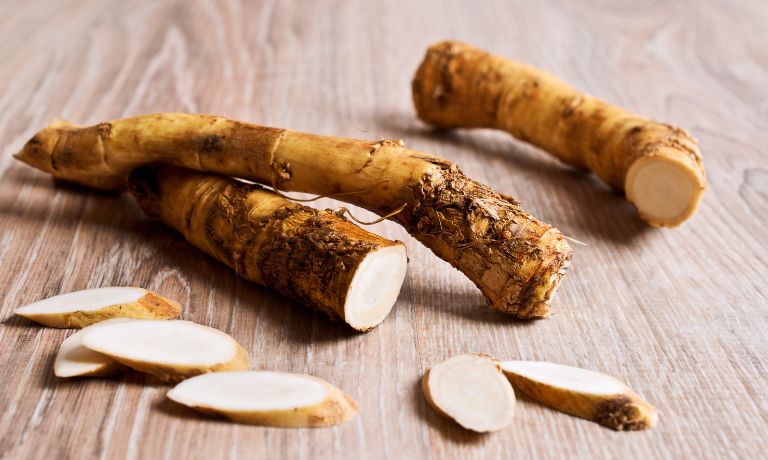
FAQs
What Other Vegetables Have Radish-Like Flavor?
Radish-like flavors can be found in various vegetables, such as turnips, spinach, endive, collard greens, arugula and even celery.
These vegetables all have slightly different pungency levels, but many share the same flavor profile as radishes.
Can Radish Be Used In Place Of Onion?
Yes, radish can be used in place of onion in certain recipes.
Radishes have a slightly sweet and peppery flavor similar to onion but milder.
They make a great addition to salads, soups, stir-fries, and other dishes.
Are Carrot And Radish The Same?
No, carrot and radish are not the same. Carrots are root vegetables that grow underground and are usually orange in color.
Radishes, on the other hand, are a member of the cruciferous vegetable family and they typically have a red skin with white flesh inside.
Conclusion
Radish is a popular root vegetable with a sharp, pungent flavor.
It can be eaten raw or cooked, adding crunch to salads, soups and other dishes.
If you’re looking for a substitute for radish, various options are available – from daikon and beetroot to carrots, parsnip, jicama, cabbage and even horseradish root.
Each of these vegetables offers its unique flavor and texture and can be used to add depth to any dish.
So next time you want something different from radish, try one of these substitutes!

